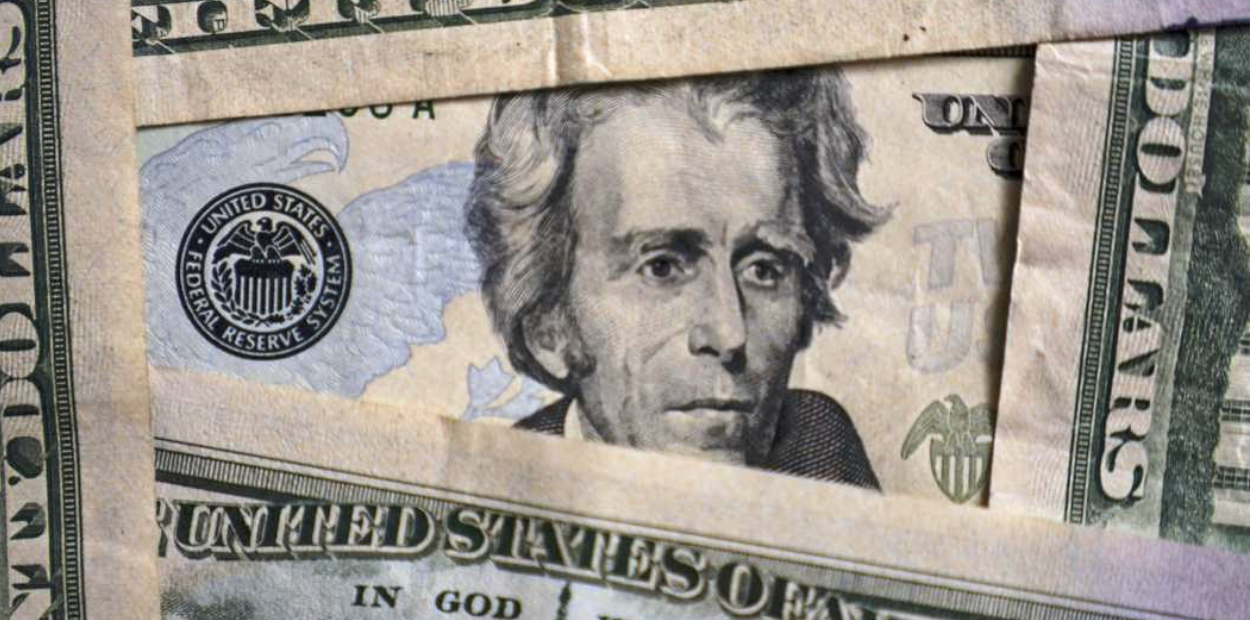Kerby Anderson
Over the last few months, the word “unsustainable” has been frequently used. The GAO (Government Accountability Office) proclaimed: “The federal government is on an unsustainable long-term fiscal path that poses serious economic, national security, and social challenges if not addressed.”
The Chairman of the Federal Reserve, Jerome Powell, said in his 60 Minutes interview: “The U.S. federal government is on an unsustainable fiscal path. And that just means that the debt is growing faster than the economy. So, it is unsustainable.”
The country burdened with more than $34 trillion in national debt should be having a serious conversation about how to turn the economy around. Don’t expect any serious discussion from most candidates this election season.
Fortunately, Scott Powell makes a convincing case for the need for “radical economic change.” The current US debt-to-GDP ratio now exceeds 122 percent. As I have mentioned in previous commentaries, that puts us in the danger zone.
He is realistic enough to show that we need both spending reductions as well as new sources of revenue. Cutting spending is politically difficult but also constitutionally difficult since two-thirds (65%) of the federal budget is mandatory spending. But something must be done to reduce the size of the federal government.
The other way to balance a budget is to get more sources of income. He points to the country’s massive oil and gas reserves. The US is number one among nations in both natural gas and oil reserves. He also argues that another way to pay down the national debt is for the federal government to “sell half of its 640 million acres of public land.”
These ideas might seem radical, but we need to ask candidates running for office this year whether they have a better solution. I doubt they do.
 Listen Online
Listen Online Watch Online
Watch Online Find a Station in Your Area
Find a Station in Your Area










 Listen Now
Listen Now Watch Online
Watch Online
